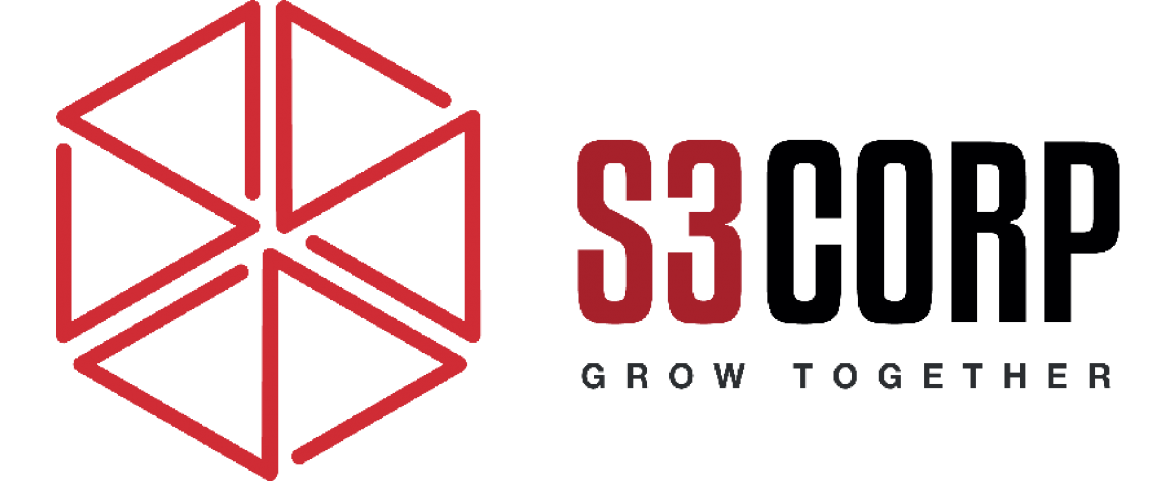8 Ways MDM Can Ease IT Pain
— July 9, 2015Understanding the Role of MDM in IT Management
Mobile Device Management (MDM) has grown into a vital tool for modern IT departments. Despite its importance, many IT managers and Chief Information Officers (CIOs) struggle to fully grasp its capabilities. This misunderstanding often stems from early perceptions of MDM as limited, focusing primarily on data loss prevention in Bring Your Own Device (BYOD) environments. However, MDM has evolved far beyond its initial scope, offering a range of solutions applicable to diverse IT challenges.
MDM’s functionality extends well beyond BYOD scenarios. Many organizations implement MDM exclusively for company-owned devices, aiming to manage and secure their IT assets. It is also not limited to smartphones and tablets. MDM now integrates seamlessly with desktop operating systems, enabling broader control across devices. Furthermore, MDM is not solely a security tool. Its modern features emphasize automation and ease of management, helping IT teams proactively address device issues. This article explores the multifaceted benefits of MDM and how it simplifies IT management.
Simplifying Configuration with Remote Deployment
One of the most significant advantages of MDM is its ability to streamline the deployment of WiFi and VPN configurations. Previously, modifying pre-shared keys or VPN settings for mobile devices was a cumbersome process. With MDM, IT administrators can remotely push these settings to enrolled devices, reducing manual intervention. This feature also supports phased rollouts, allowing organizations to implement changes incrementally across user groups or locations.
For example, a multinational corporation can use MDM to deploy updated VPN credentials to employees worldwide without requiring in-person assistance. This efficiency not only saves time but also minimizes disruptions to productivity. As businesses in Vietnam and other outsourcing hubs continue to scale, MDM’s capability to manage remote configurations becomes increasingly critical.
Leveraging Existing Directory Structures
MDM integrates with enterprise user directories like Microsoft Active Directory, enabling IT teams to use predefined user roles and organizational structures. This integration simplifies user access management, ensuring employees have the necessary applications and permissions without additional manual configurations. By leveraging existing systems, organizations can maintain consistency and reduce administrative overhead.
For outsourcing companies managing diverse teams across projects, this feature is particularly useful. It ensures that employees have access only to the resources relevant to their roles, enhancing security and efficiency.
Enforcing Encryption for Data Protection
Data encryption is a cornerstone of IT security, and MDM ensures compliance by enforcing encryption policies. This includes both data at rest (stored on the device) and data in motion (transferred between devices or to the cloud). IT administrators can mandate encryption settings, protecting sensitive information even if users neglect to enable these features themselves.
For example, a mobile app development firm working with sensitive client data can rely on MDM to enforce stringent encryption protocols. This proactive approach mitigates risks associated with data breaches and enhances trust with clients.
Geo-Fencing for Contextual Security
Geo-fencing allows organizations to apply location-based policies to devices. For instance, a hospital might restrict the use of camera applications when devices are within patient care areas, ensuring privacy compliance. Alternatively, businesses can configure MDM to wipe devices if they leave designated premises, preventing unauthorized data access.
This feature is especially valuable for industries requiring strict compliance, such as healthcare and finance. By tailoring device behavior based on location, MDM enables organizations to balance functionality with security seamlessly.
Ensuring Application Availability
MDM simplifies the distribution and maintenance of applications across devices. IT teams can categorize users into groups and deploy apps specific to their roles. Furthermore, MDM ensures that these applications remain installed and functional. If users attempt to delete essential apps, MDM automatically reinstalls them, preserving operational integrity.
This capability is vital for companies relying on custom applications for daily operations. For example, a Vietnam-based outsourcing firm using proprietary project management tools can ensure all employees have continuous access to these resources, minimizing downtime.
Enhancing Network Security with Posture Checks
MDM strengthens network security by conducting posture checks on connected devices. These checks assess whether devices meet corporate security standards, such as firmware versions or jailbreak status. Non-compliant devices can be quarantined or denied access to corporate networks until resolved.
This proactive approach protects sensitive data and ensures compliance with organizational policies. For businesses handling web development or IT outsourcing, maintaining a secure network environment is crucial for safeguarding client projects.
Selective Wiping for Data Separation
Selective wiping allows IT administrators to differentiate between corporate and personal data on devices. When a device requires wiping, MDM can erase only corporate data, leaving personal files intact. This feature is particularly relevant in BYOD environments, where employees use personal devices for work purposes.
For example, a developer working on mobile apps can securely collaborate with their organization while retaining personal content on their device. This balance fosters trust between employees and employers, encouraging BYOD adoption without compromising security.
Transforming Devices into Single-Use Tools
MDM enables organizations to configure devices as single-use tools, restricting access to specific applications or functions. This capability is useful for industries relying on specialized tools, such as handheld scanners or navigation systems. By locking devices to specific applications, businesses can reduce distractions and enhance productivity.
For instance, a logistics company in the US could equip delivery drivers with tablets restricted to navigation and delivery management apps. This ensures drivers remain focused on their tasks, improving operational efficiency.
Preparing for the Internet of Things (IoT)
As IoT adoption grows, MDM plays a crucial role in managing connected devices. Beyond traditional endpoints, next-generation MDM solutions will need to oversee thousands of IoT devices communicating without human intervention. By establishing robust device management structures today, organizations can prepare for the challenges of IoT integration.
By embracing MDM’s current capabilities, these firms position themselves to manage the complexities of IoT effectively.
Conclusion
MDM offers a comprehensive solution for managing devices, users, and data in modern IT environments. Its benefits extend beyond security, encompassing automation, efficiency, and scalability. By understanding and utilizing MDM’s capabilities, organizations can streamline IT operations and enhance productivity.
In regions like Vietnam, where outsourcing and IT services drive innovation, MDM provides a critical foundation for growth. As businesses embrace remote work, IoT, and global collaboration, MDM will continue to play an essential role in shaping the future of IT management.








